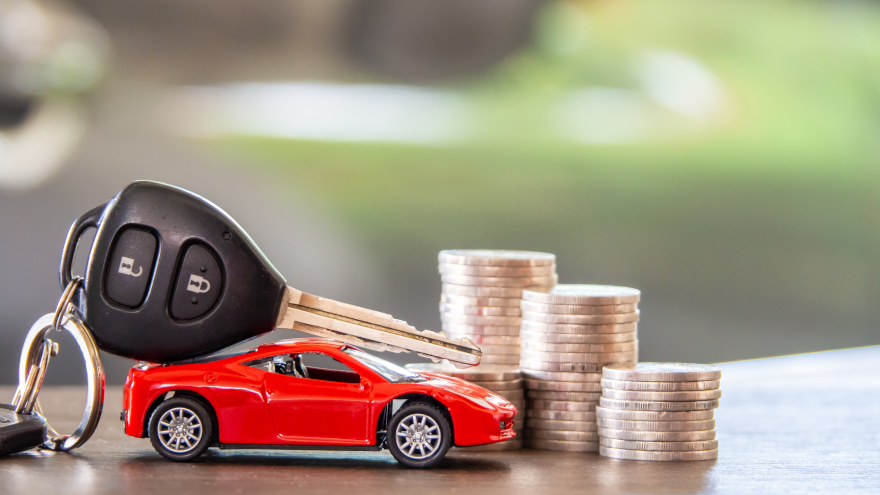Car dealers paying more for trade-ins

Dealers are paying high-dollar to get the supply needed “to meet the surge in demand for used cars,” leading to a more than 16% rise in the average value trade-ins are fetching, according to Edmunds.
And while they’re shelling out money to get used inventory, it may be the most efficient route for dealers to find these sought-after pre-owned cars. Not to mention, prices are at sky-high levels on the wholesale sale. The Manheim Used Vehicle Value Index, which measures wholesale prices, reached all-time highs in June and July. Halfway through August, it is on pace to set a record for the third straight month, parent company Cox Automotive said.
“Retail worthy trade-ins are more important than ever as this is the easiest way for a dealer to obtain used inventory,” Black Book said in its latest COVID-19 Market Insights report. “With the elevated cost of obtaining inventory at auction and increased challenges in securing transportation, it is beneficial for dealers to step up in the price they are offering consumers for their trades.”
Dealers were paying an average of $14,066 on trade-ins during July, which was up 16.4% from the $12,083 average trade-in value in June, Edmunds said.
This movement reflects what Edmunds executive director of insights Jessica Caldwell called a “dramatic recovery” in pre-owned — one that has led to dealers paying more to replenish the used supply moving quickly off their lots.
“The used market is experiencing a dramatic recovery: Used vehicles were sitting almost untouched at the start of the pandemic, and now they’re practically flying off dealer lots,” Caldwell said in a news release.
“Dealers are willing to pay more to acquire inventory to meet the surge in demand for used cars, which is great news for car owners because it means they can expect to get a higher value for their vehicle if they sell or trade right now,” Caldwell said. “But time is of the essence because there’s no guarantee that these unique market conditions will continue for long.”
Market conditions, and the resulting prices, can change quickly, as Kelley Blue Book observed in a similar analysis.
“Back in mid-April, wholesale used prices hit bottom driven mostly by the lockdown of the business,” KBB senior managing editor Matt DeLorenzo said in a news release. “But now we’ve seen a full recovery at the wholesale level — auction prices dealers are paying for used cars hit records in June and July. That, along with low inventory, is driving retail prices up.”
In fact, there has been a 2-3% rise in retail used-vehicle prices during the pandemic, KBB said, citing data from parent company Cox Automotive.
As far as where values go from there, that’s anyone’s guess.
“Because the economic recession caused by COVID-19 is unlike any industry disruption we’ve seen before, it is difficult to forecast with certainty how the market will move,” said DeLorenzo. “No matter your position, a smart move is keeping tabs on your vehicle’s value. Check often, especially as you close in on a purchase decision. And since a trade-in is an important part of a vast majority of deals, that’s an important number to have in your pocket.”

 View The Latest Edition
View The Latest Edition

